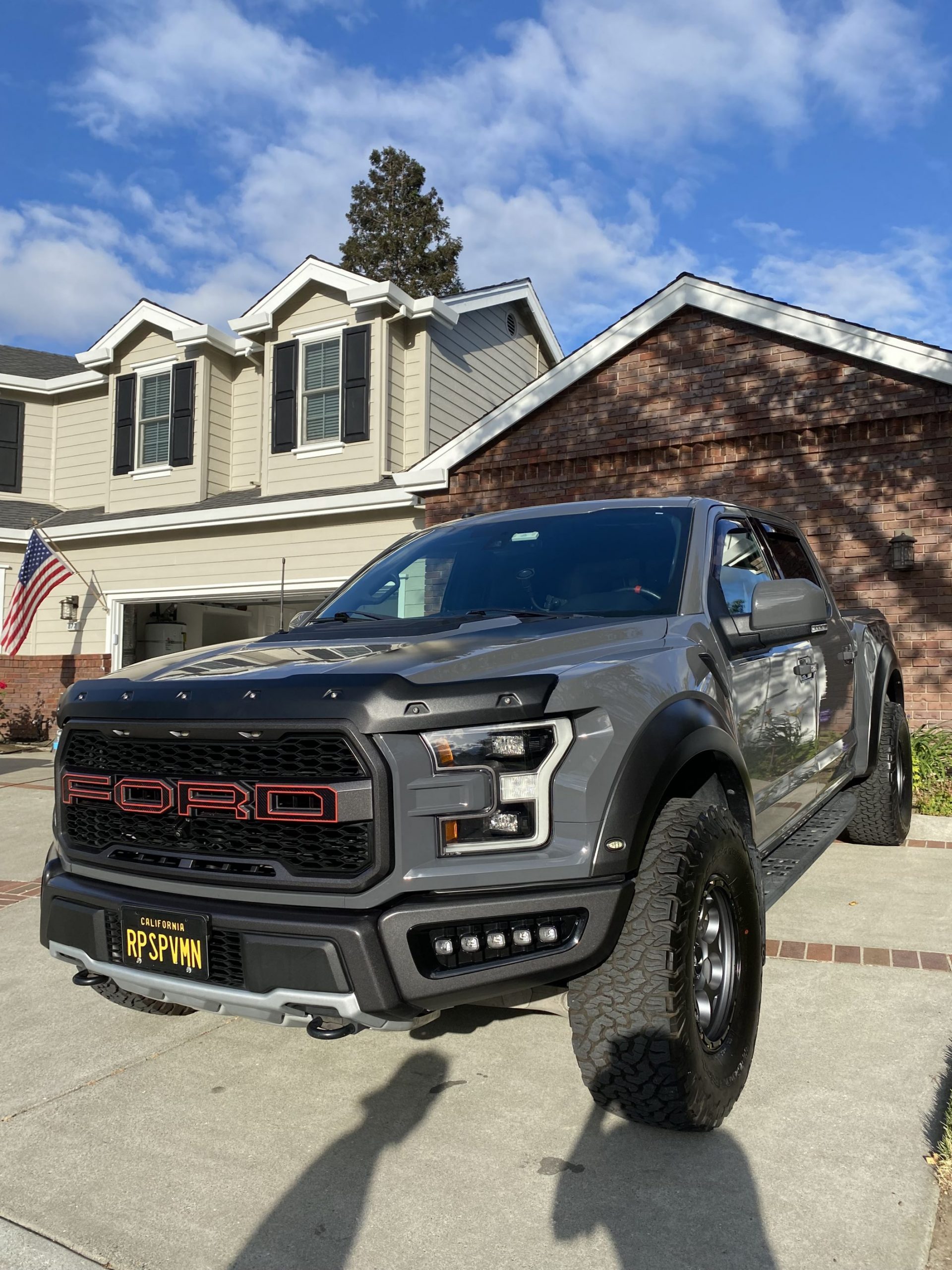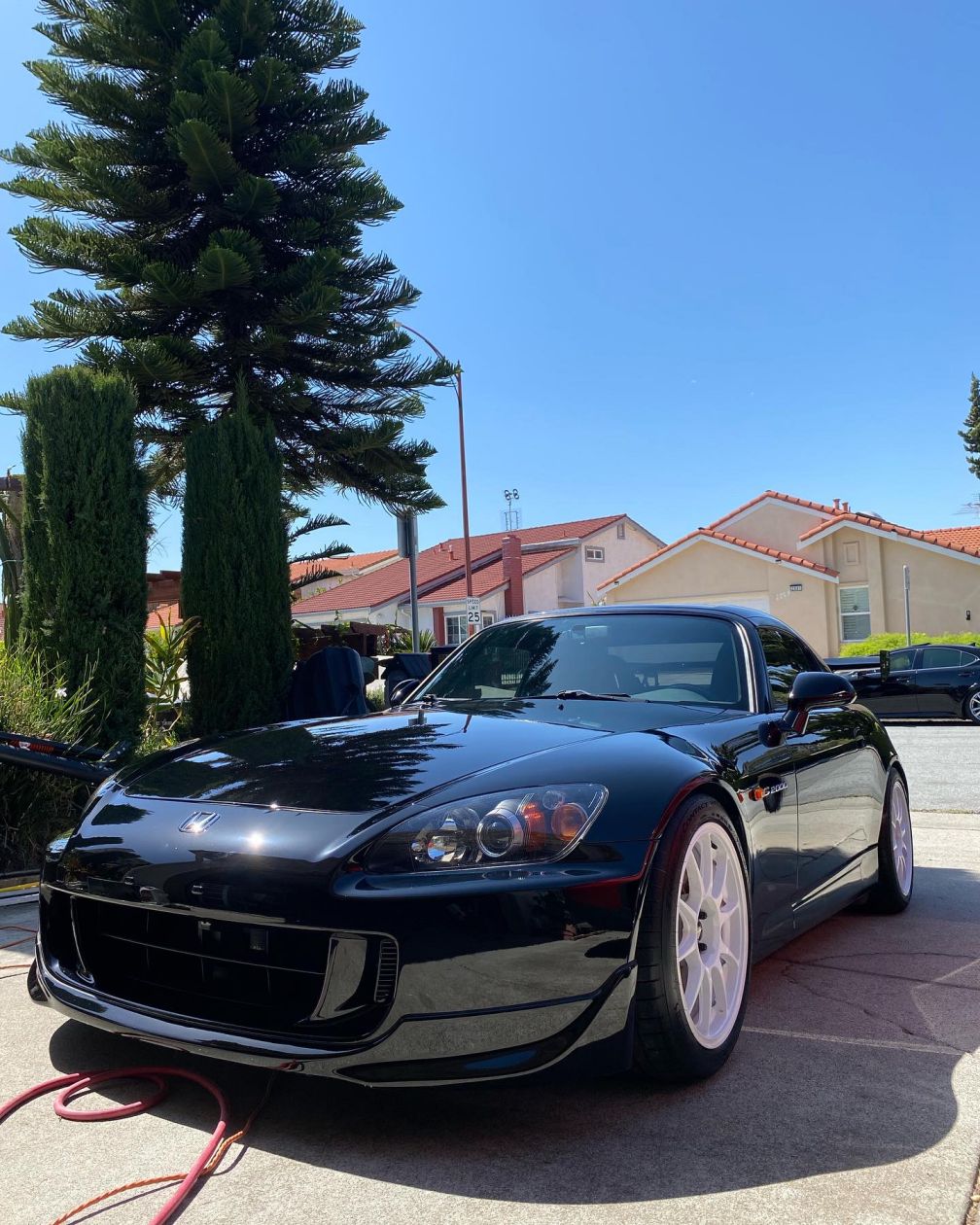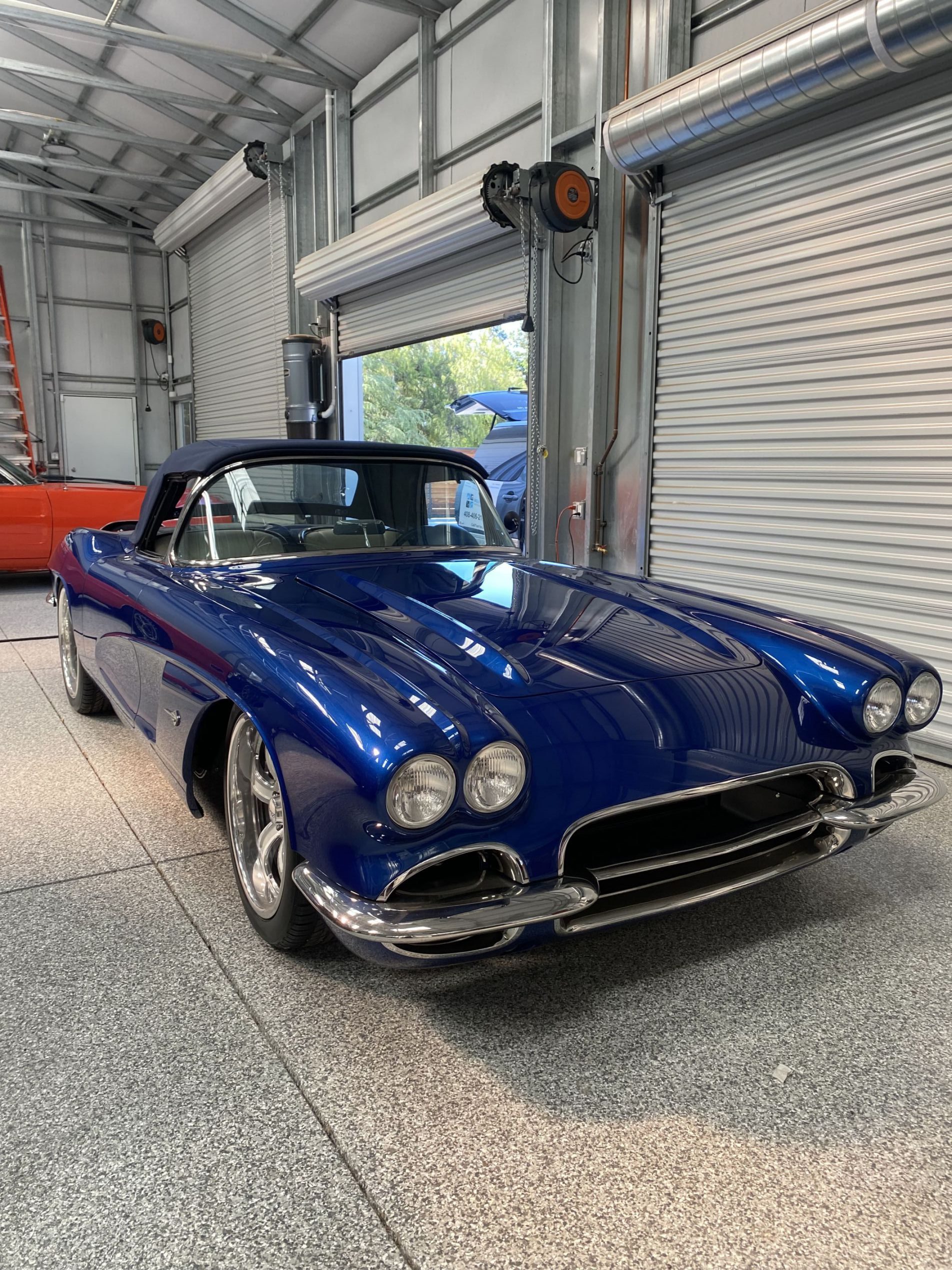What is a Ceramic Coating?
Commercial-grade ceramic coating offers advanced chemical protection for your vehicle. This polymer solution is hand applied to your vehicle’s exterior paintwork, forming a seamless bond that shields against chemical stains and paint damage. Beyond protection, ceramic coating enhances your vehicle with a long-lasting gloss and a hydrophobic barrier. This innovative feature causes rainwater to bead off effortlessly, carrying away dirt and debris for a naturally cleaner car and easier maintenance. With ceramic coating, your vehicle stays protected, looks stunning, and requires less upkeep.
Many car enthusiasts mistakenly view ceramic coatings as an alternative to Paint Protection Film (PPF), which offers physical protection. In reality, ceramic coatings are a more durable upgrade to traditional waxes and paint sealants. Their primary purpose is to protect your vehicle’s paint from contaminants like dirt, grime, bird droppings, tree sap, rainwater minerals, and other chemical hazards. While these contaminants may appear physical, the real damage occurs when they react with the paint under heat or direct sunlight. For instance, stubborn water spots or bird droppings that remain even after multiple washes are common signs of such damage. Ceramic coating prevents these elements from penetrating the paint, providing superior defense against oxidation, rust, fading, peeling, and eventual clear coat failure.
Ceramic coatings, are a semi-permanent solution to your worries depending upon the coating and type of polymer used. One way I like to think of it is as is like another clear coat, but that it has properties to repel and resist the elements. The great thing is, that it can be applied to almost every part of your vehicle!
Ceramic coatings provide a semi-permanent solution for protecting your vehicle, with effectiveness depending on the type of coating and polymer used. Think of it as an added layer of paint, similar to a clear coat, but with advanced properties that repel and resist environmental elements. The best part? It can be applied to nearly every part of your vehicle!
So, what does it look like in action?
On the left, you’ll see a fully ceramic-coated Tesla. Notice how the coating enhances hydrophobic and water-repellent properties with water simply gliding off the surface.
On the right, a BMW hood has been partially coated—only the left half of the hood has the ceramic coating applied. Observe how water beads up and rolls off the coated side, while on the uncoated side, it simply pools on the surface.
With a ceramic coating, substances like dirt, tree sap, tar, and bird droppings will ideally slide off if they are in a liquid state. If not, they can be easily washed away. A good way to think of it is like a non-stick cookware surface—while residues may appear to stick, they can be effortlessly cleaned. However, once any substance hardens on the surface, it can adhere more strongly and may begin to break down the ceramic coating in that area. Just like a non-stick pan, regular cleaning is essential to maintain its effectiveness!
Ceramic Coating Advantages & Benefits
Why Should You Apply Ceramic Coating To Your Car, Truck, Boat, RV or Airplane?
Protection from Harmful UV Rays
The sun’s UV rays can cause significant damage to your vehicle’s paint over time. Ceramic coating helps protect the paint from oxidation, preventing fading and dullness. This is especially important if your vehicle is frequently parked outdoors. Once the clear coat begins to fade and peel, it cannot be restored through detailing or paint correction and will require a costly repaint at a body shop.
Protection from Bird Stains, Tree Sap, Water Minerals
Bird droppings, tree sap, and rainwater contain harmful contaminants that can dry and etch into your vehicle’s paint. Over time, these stains can penetrate the clear coat, leaving permanent marks that are difficult to remove. Applying a ceramic coating provides a protective barrier, reducing the risk of such damage.
Cuts Down The Time It Takes To Clean By Half
Maintaining your vehicle’s shine can be time-consuming with traditional waxing and detailing. Ceramic coating eliminates the need for frequent waxing, as it forms a durable layer that doesn’t wear off easily. While regular washing is still necessary to prevent buildup, the coating makes cleaning much faster and more efficient by repelling dirt and grime. Water-based contaminants will bead on the surface and slide off, allowing for a quick rinse and foam bath to achieve a spotless finish.
Candy-Like Gloss
For those who prioritize aesthetics, ceramic coatings provide a deep, candy-like gloss that enhances the richness and clarity of your vehicle’s paint. Similar to a clear bra, the coating adds an extra layer of shine, bringing out the best in your vehicle’s original finish.
While ceramic coating offers exceptional protection and benefits, there are also common misconceptions surrounding it. Let’s explore some of the myths associated with this high-end protection.


Ceramic Coating Myths
Every product in the world has its benefits and drawbacks. These are some things that a ceramic coating will not do.
No More Scratches And Swirl Marks
Ceramic coating will not protect your car from the usual threats: scratches, swirl marks, and rock chips. However, they are scratch RESISTANT. Despite its blending properties, it still retains the characteristics of paint. This is why you should still expect your car to get these once in a while. However, there are methods of washing/detailing to minimize and prevent those from happening.
No More Water Spots
As discussed before, after the application of ceramic coating, most water-based contaminants will bead on your car’s surface and eventually slide off. But if they dry on the surface before it can slide, then it will still sit on the coating.
Self Cleaning Means No More Washing?
You will still need to regularly wash your car. Easier maintenance is a better term for self cleaning as the coating will make cut down your washing time in half. Everything that sits on the coating will come off much easier. All it takes is a quick pressure wash, foam bath, pressure wash again, blow dry and bam, new car again!
